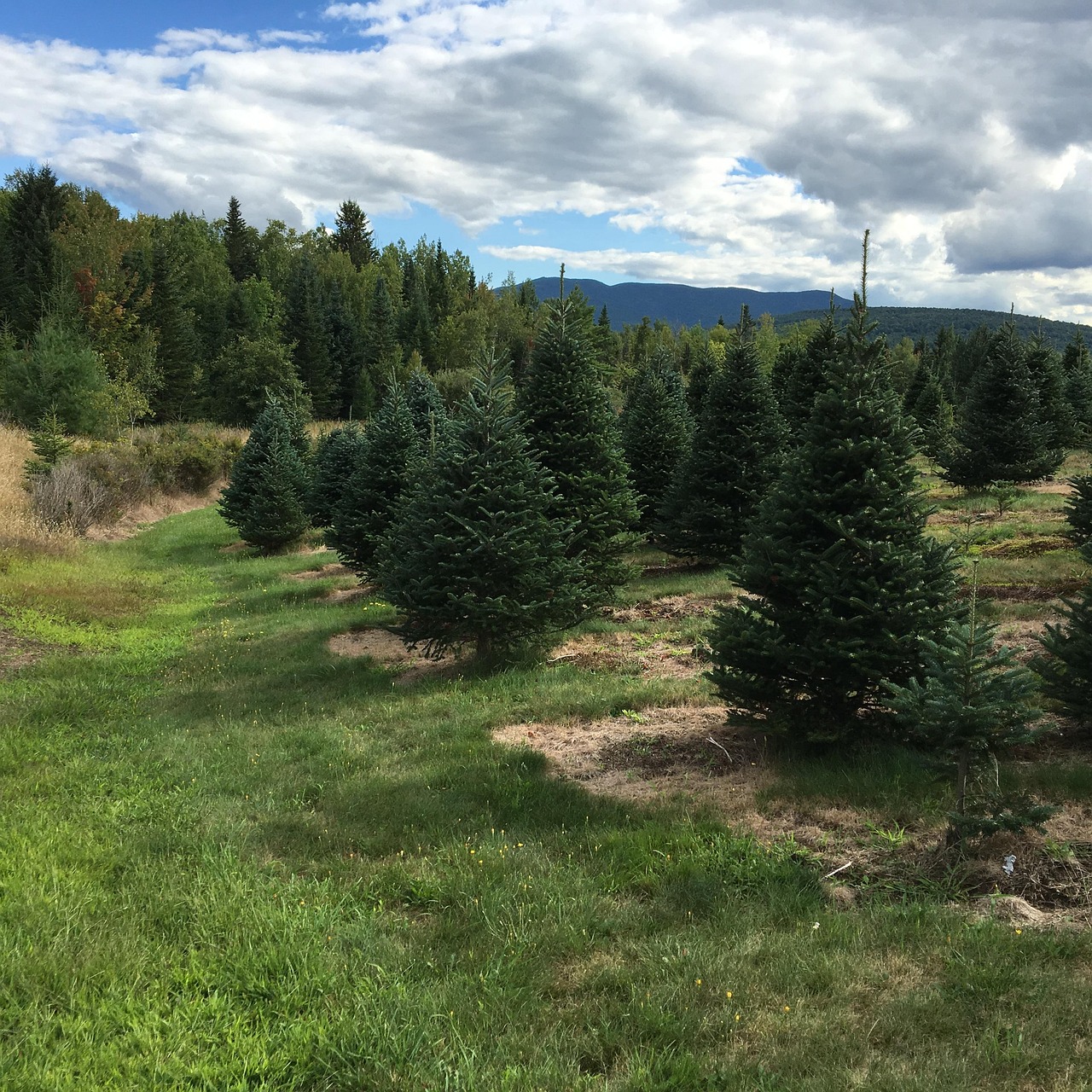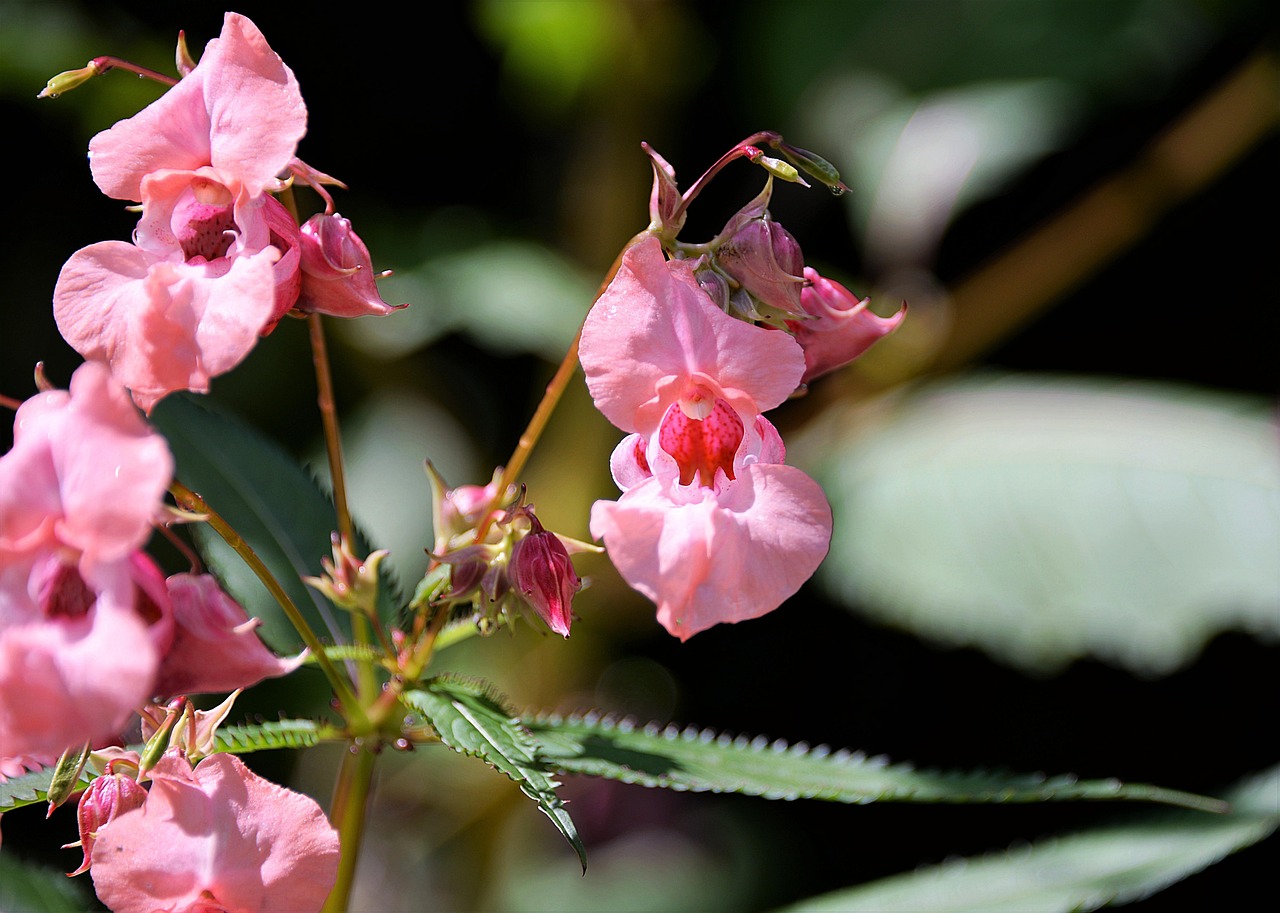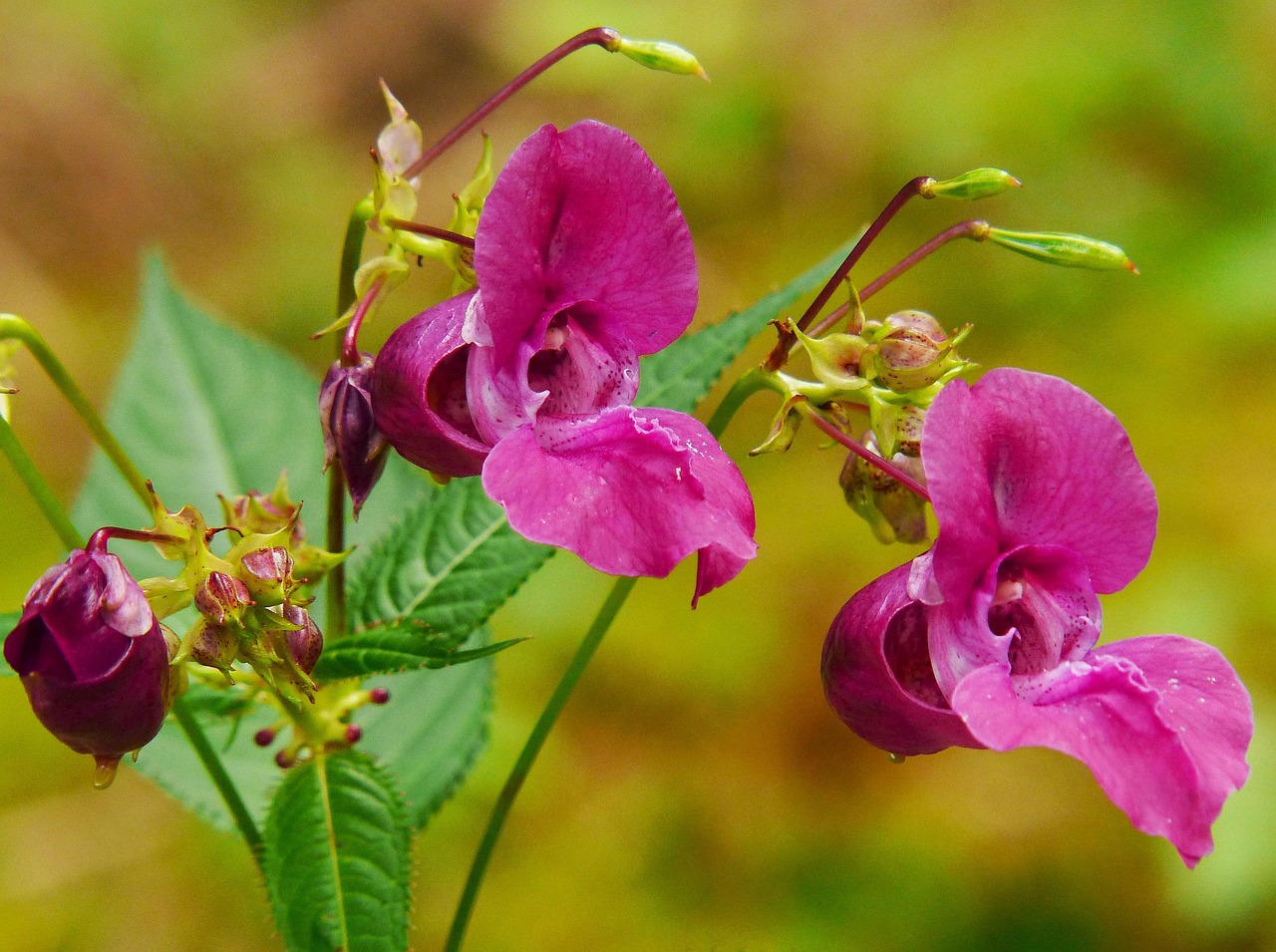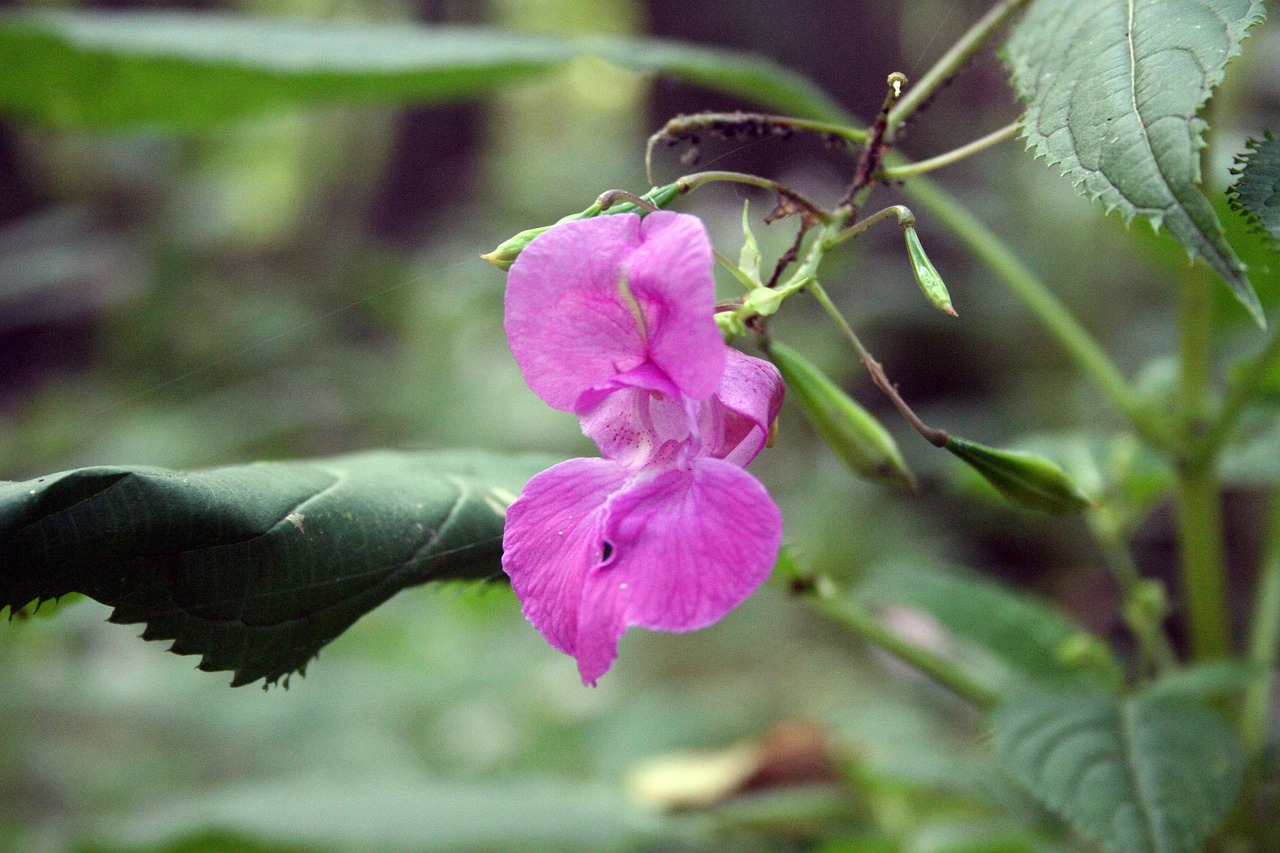Balsam fir trees make excellent Christmas trees due to their dense branches, pleasant aroma, and long-lasting needle retention. Their symmetrical shape and rich green color also contribute to their popularity during the holiday season.
Introduction to Balsam Fir Trees

The Balsam fir (Abies balsamea) is a species of fir tree native to North America. It is commonly found in the northern regions of the United States and Canada. Known for its beauty and fragrant aroma, the Balsam fir has become a favorite choice for Christmas trees. Its unique characteristics make it stand out among other Christmas tree varieties.
These trees typically grow to a height of 40 to 60 feet, although under ideal conditions, they can reach up to 80 feet. The needles are dark green and have a soft texture. They are about 0.75 to 1.5 inches long and are arranged in a flat formation, which gives the tree a lush appearance.
Why Choose Balsam Fir for Your Christmas Tree?
One of the main reasons for the popularity of Balsam fir trees as Christmas trees is their ability to hold onto their needles longer than many other species. This feature is crucial for those who want a beautiful tree throughout the holiday season without worrying about excessive needle drop. Here are some specific characteristics that make Balsam fir trees desirable:
- Aroma: The Balsam fir emits a sweet, refreshing scent that evokes the spirit of Christmas. Its fragrance is often associated with holiday memories and traditions.
- Needle Retention: Balsam firs are known for their excellent needle retention. When compared to other popular Christmas tree varieties, they tend to retain their needles longer, even when cut.
- Shape: These trees have a naturally symmetrical shape, making them visually appealing. Their conical form provides a classic Christmas tree look that many people desire.
- Soft Needles: The soft needles of the Balsam fir are gentle to the touch, making it a family-friendly option for households with young children.
Key Characteristics of Balsam Fir Trees
To better understand why Balsam fir trees are considered great Christmas trees, it is helpful to look at their key characteristics in detail. Below is a table summarizing these attributes:
| Characteristic | Description |
|---|---|
| Height | Typically ranges from 40 to 60 feet |
| Needle Length | 0.75 to 1.5 inches |
| Fragrance | Sweet and refreshing scent |
| Needle Retention | Excellent needle retention when cut |
| Texture | Soft needles that are gentle to the touch |
These characteristics not only enhance the visual appeal of the Balsam fir but also contribute to its overall popularity as a Christmas tree choice. Families often look for trees that can last through the holiday season while providing an enjoyable atmosphere in their homes.
In addition to their aesthetic qualities, Balsam firs are relatively easy to find at tree farms and retail lots. They are widely cultivated for this purpose, making them accessible to many consumers. This availability further cements their status as one of the go-to options for holiday trees.
Caring for Your Balsam Fir Christmas Tree
Once you’ve chosen a Balsam fir tree for your holiday celebrations, proper care is essential to keep it looking fresh and vibrant throughout the season. Here are some important tips to ensure your Balsam fir remains healthy and beautiful:
- Watering: A freshly cut Balsam fir tree can absorb a significant amount of water. Make sure to place the tree in a stand that holds water. Check the water level daily and refill as needed, ensuring the base of the tree is always submerged.
- Temperature: Keep the tree away from heat sources such as radiators, fireplaces, or direct sunlight. Excessive heat can cause the tree to dry out more quickly.
- Humidity: Maintaining a humid environment can help prolong the life of your tree. Consider using a humidifier in the room where the tree is displayed.
- Pruning: If you notice any branches that are drying out or turning brown, you can prune these to improve the overall appearance of the tree. This also helps minimize needle drop.
Decorating Your Balsam Fir Tree
Decorating your Balsam fir for Christmas can be a delightful family activity. Below are some tips and ideas on how to decorate your tree beautifully:
- Choose a Theme: Decide on a color scheme or theme for your decorations. This could be traditional red and green, winter wonderland whites and silvers, or even a rustic look with natural elements.
- String Lights: Begin with string lights. Start from the bottom and work your way up, wrapping the lights around branches. Ensure even spacing for a balanced look.
- Garlands and Ribbons: Add garlands or ribbons next. Drape them around the tree in a flowing manner to enhance its shape and add texture.
- Ornaments: Hang ornaments of various shapes, sizes, and materials. Personal ornaments can add sentimental value, while matching ones can create a cohesive look.
- Tree Topper: Finish with a beautiful tree topper that fits your theme. Popular choices include stars, angels, or bows.
The Environmental Benefits of Choosing Balsam Fir Trees
Selecting a live Balsam fir as your Christmas tree comes with several environmental benefits. Here are some key points to consider:
- Renewable Resource: Christmas trees are a renewable resource. Balsam firs are grown specifically for this purpose, meaning they are cultivated in sustainable plantations.
- Carbon Sequestration: While growing, Balsam fir trees absorb carbon dioxide from the atmosphere, helping to mitigate climate change effects.
- Biodiversity Support: Tree farms provide habitat for wildlife and contribute to maintaining biodiversity in local ecosystems.
- Biodegradable: After the holiday season, Balsam fir trees can be recycled into mulch or compost, reducing waste in landfills.
Choosing Between Live and Artificial Trees
When deciding on a Christmas tree, many people weigh the options between live Balsam firs and artificial trees. Each choice has its pros and cons. Here are some factors to consider:
| Aspect | Live Balsam Fir | Artificial Tree |
|---|---|---|
| Aroma | Natural Christmas scent | No natural scent |
| Lifespan | Short-term (seasonal) | Long-term (multiple seasons) |
| Maintenance | Requires watering and care | Minimal maintenance needed |
| Environmental Impact | Biodegradable and renewable | May not be biodegradable; depends on materials |
This comparison highlights key differences between live Balsam fir trees and artificial options. Each family can make a choice based on their values, preferences, and
Common Pests and Diseases Affecting Balsam Fir Trees


While Balsam fir trees are generally hardy and resilient, they can be susceptible to certain pests and diseases. Understanding these threats can help you take preventive measures to protect your tree. Below are some common issues associated with Balsam firs:
- Balsam Woolly Adelgid: This tiny insect feeds on the sap of the tree, leading to decline and potential death if left untreated. Signs of an infestation include white, waxy-looking masses on the bark.
- Needle Cast: This fungal disease causes needles to turn yellow and drop prematurely. Maintaining good air circulation and proper watering can help prevent this condition.
- Root Rot: Overwatering or poor drainage can lead to root rot, which can severely affect the health of the tree. It’s essential to ensure that the base of the tree is not sitting in standing water.
- Eastern Spruce Gall Wasp: This pest lays its eggs in the buds of new growth, causing galls to form. While it may not kill the tree, it can affect its appearance and overall health.
Harvesting Balsam Fir Trees
For those interested in cutting their own Balsam fir tree, understanding the harvesting process is important. Here are some tips for a successful experience:
- Choosing the Right Tree: Look for a healthy tree with a symmetrical shape and vibrant color. Ensure it meets your height requirements and fits your space.
- Check for Health: Inspect the tree for signs of pests or diseases. Avoid trees with brown needles or visible infestations.
- Cutting Techniques: Use a sharp saw to make a clean cut at the base of the tree. A clean cut helps reduce stress on the tree and enhances its longevity once cut.
- Transporting the Tree: After cutting, wrap the tree in netting or a tarp for easier transport. Make sure it is secured in your vehicle to avoid damage.
- Post-Harvest Care: Immediately place the tree in water upon bringing it home. If you cannot set it up right away, keep it in a cool, shaded area until you’re ready to display it.
The Cultural Significance of Christmas Trees
The tradition of using Christmas trees dates back centuries and holds various cultural meanings across different societies. Understanding these traditions can deepen your appreciation for your Balsam fir Christmas tree. Here are some interesting points:
- Historical Roots: The use of evergreen trees in winter celebrations has ancient origins, symbolizing life amidst winter’s cold. The modern Christmas tree tradition began in Germany in the 16th century.
- Symbol of Hope: Evergreens like the Balsam fir represent hope and renewal, as they remain green year-round, even during harsh winters.
- Cultural Variations: Different cultures have unique traditions surrounding Christmas trees. For instance, in some countries, trees are decorated with edible items, such as fruits and nuts, while others focus on ornaments and lights.
- Family Bonding: Decorating the Christmas tree is often a cherished family tradition, bringing loved ones together to create lasting memories during the holiday season.
The Economic Impact of Christmas Tree Farming
Balsam fir trees play a significant role in local economies, particularly in regions where they are cultivated. Here are some economic aspects of Christmas tree farming:
- Job Creation: Christmas tree farms provide seasonal employment opportunities for many individuals, contributing to rural economies during the holiday season.
- Tourism: Many farms attract visitors looking for a festive experience. Activities like tree-cutting events, holiday markets, and family-friendly activities can boost local tourism.
- Sustainable Practices: Many farmers implement sustainable practices, ensuring that their operations remain environmentally friendly while providing economic benefits to their communities.
- Local Products: In addition to selling Christmas trees, many farms offer related products such as wreaths, garlands, and holiday decorations, further supporting local economies.
The combination of ecological benefits, community involvement, and economic impact makes Balsam fir trees an essential part of both holiday traditions and local agricultural practices.
Additional Considerations for Balsam Fir Trees
When selecting a Balsam fir tree for your Christmas celebrations, there are several additional aspects to consider that can enhance your experience. These considerations can help ensure that you choose the perfect tree and enjoy the holiday season to its fullest.
- Tree Size: Before visiting a tree farm or lot, measure the space where you plan to display your tree. It’s essential to consider both height and width to avoid any surprises once the tree is home.
- Local Sourcing: Whenever possible, purchase your Balsam fir from a local farm or retailer. This not only supports your local economy but also reduces the carbon footprint associated with transporting trees long distances.
- Post-Holiday Disposal: Plan for how you will dispose of your tree after the holiday season. Many communities offer recycling programs, allowing you to turn your tree into mulch or compost, which is an environmentally friendly option.
- Family Traditions: Incorporate personal touches into your holiday traditions by creating unique ornaments or decorations each year. This adds sentimental value and enhances your family’s connection to the tree.
The Joy of Balsam Fir Trees
T

he joy of having a Balsam fir as your Christmas tree extends beyond its physical attributes. The experience of selecting, decorating, and caring for this tree often brings families closer together and creates lasting memories. The aroma of fresh pine fills the home, evoking feelings of warmth and nostalgia during the holiday season.
Moreover, the presence of a Balsam fir tree often serves as a focal point during holiday gatherings. It becomes a backdrop for family photos, gift exchanges, and festive celebrations. The tradition of gathering around the tree to share stories or sing carols adds to the overall charm and significance of the holiday.
Final Thoughts
Balsam fir trees stand out as one of the best choices for Christmas trees due to their numerous appealing qualities. Their dense branches, pleasant fragrance, and excellent needle retention make them ideal for families looking to create a festive atmosphere during the holidays. Additionally, their cultural significance and positive environmental impact add further value to choosing this beautiful evergreen.
As you consider your options for this holiday season, reflect on the benefits of selecting a Balsam fir. From supporting local economies to creating cherished family traditions, this tree embodies much more than just a decorative piece in your home. It represents hope, joy, and a connection to nature that enhances the spirit of Christmas.
Ultimately, whether you’re cutting down your own tree or purchasing one from a local seller, choosing a Balsam fir can enrich your holiday experience. Embrace the joy it brings and create lasting memories with loved ones as you celebrate the warmth and magic of the season.
